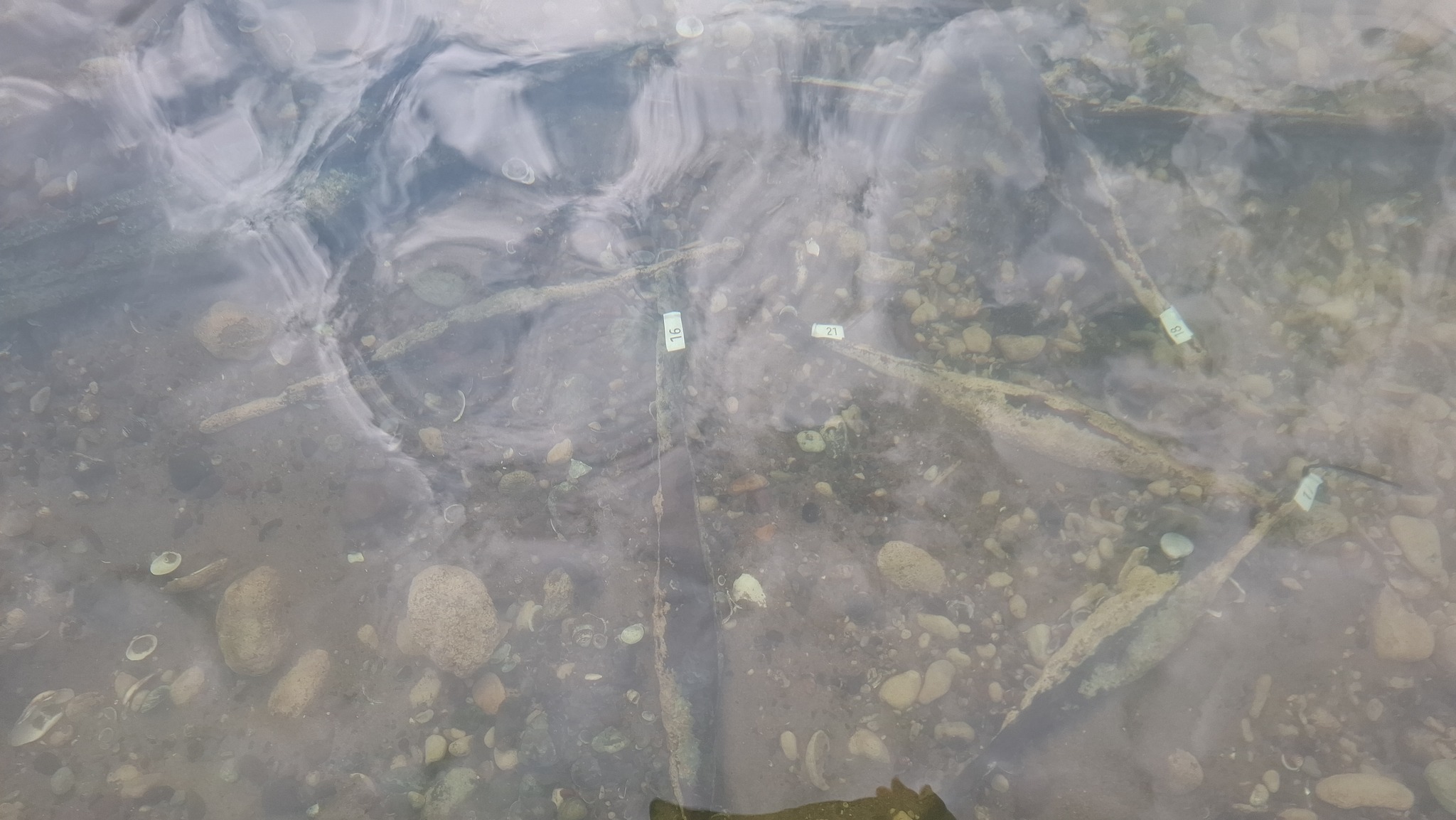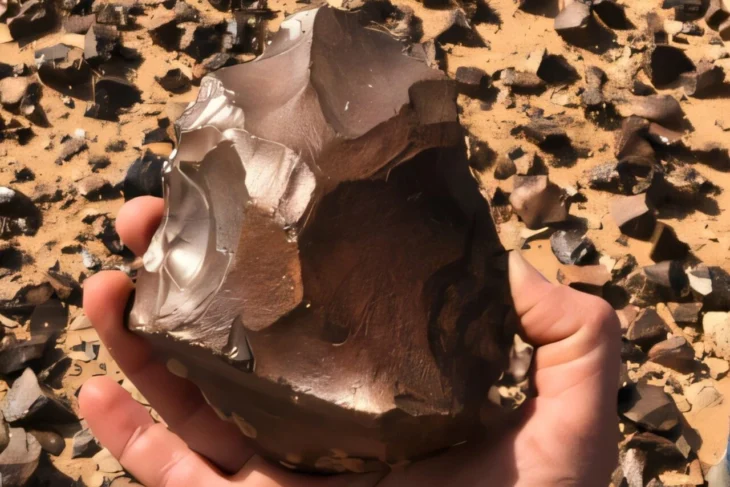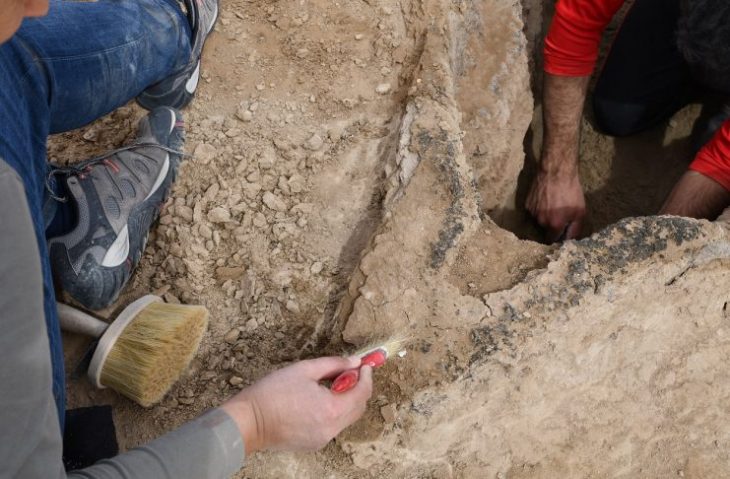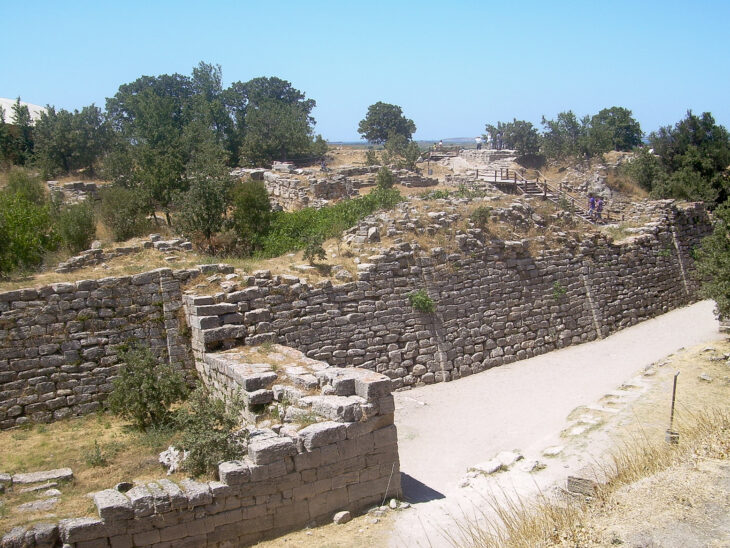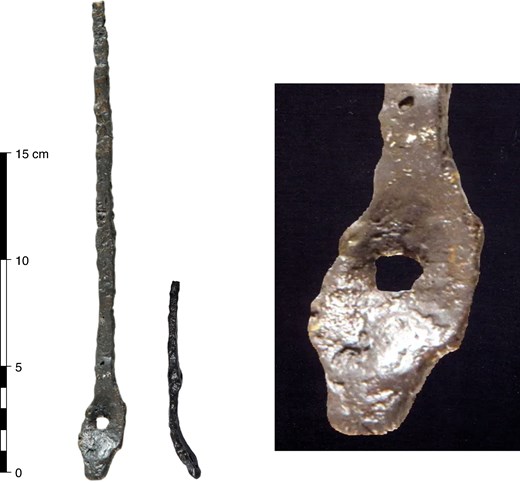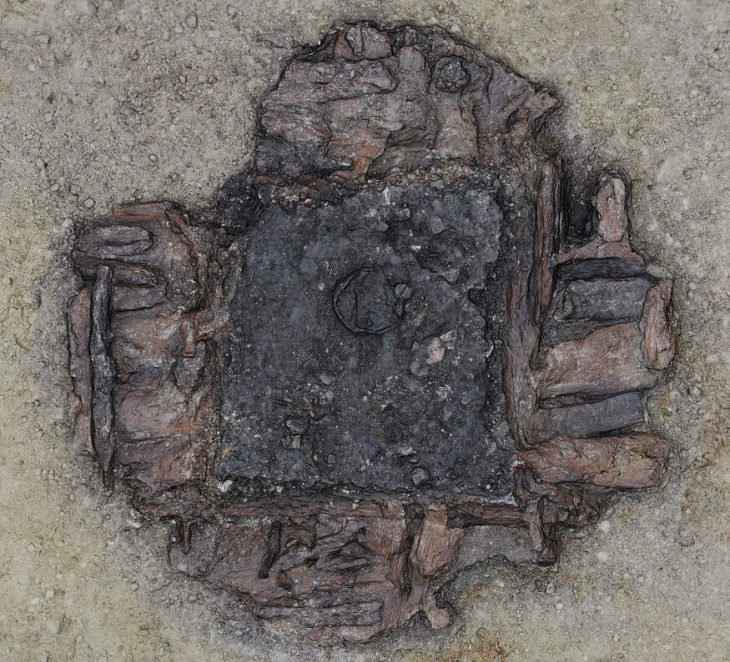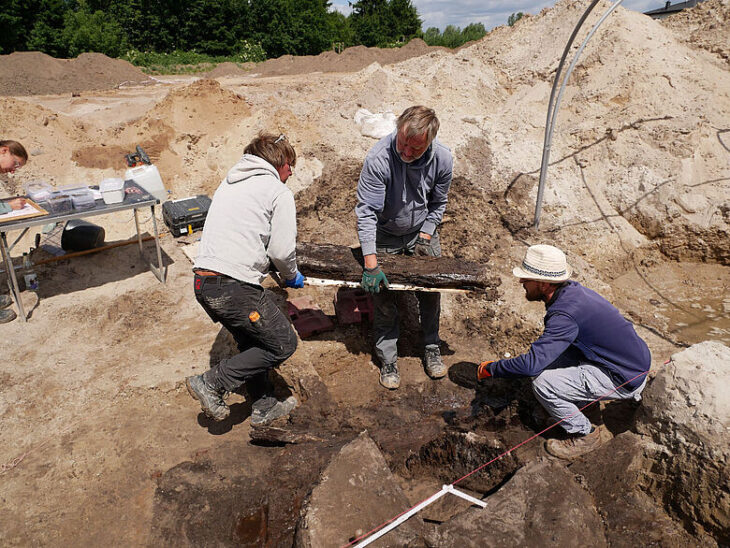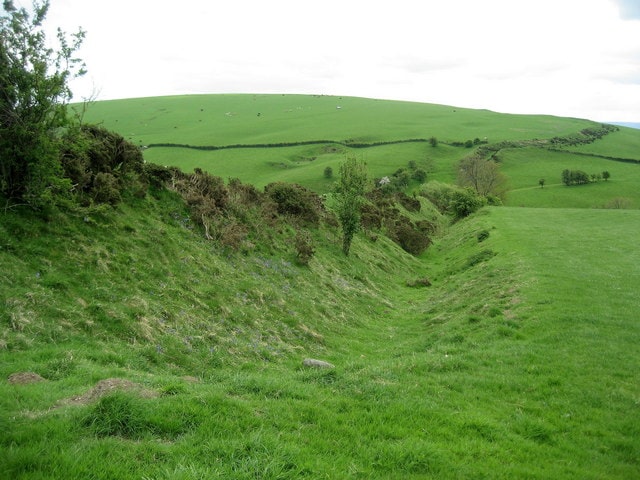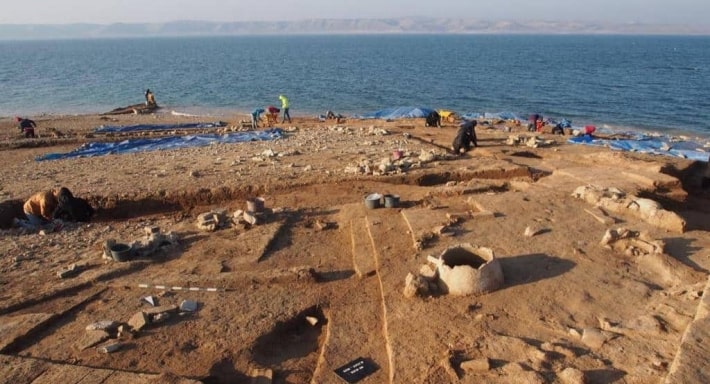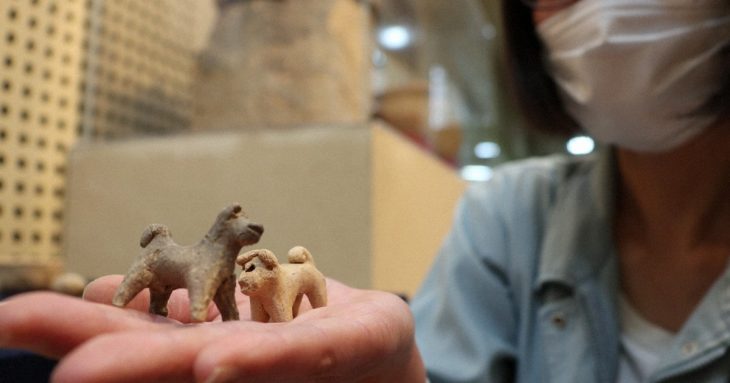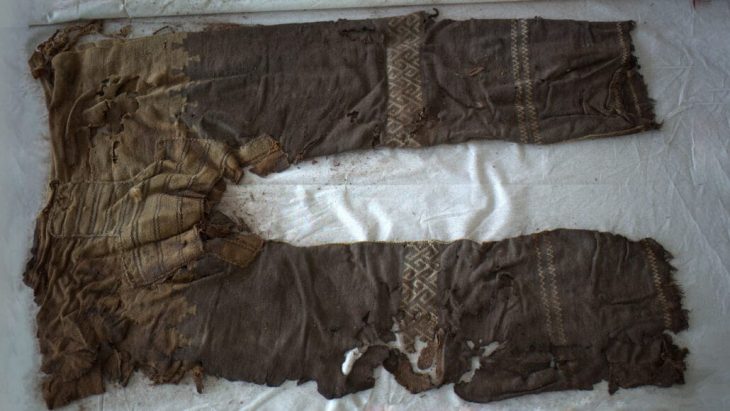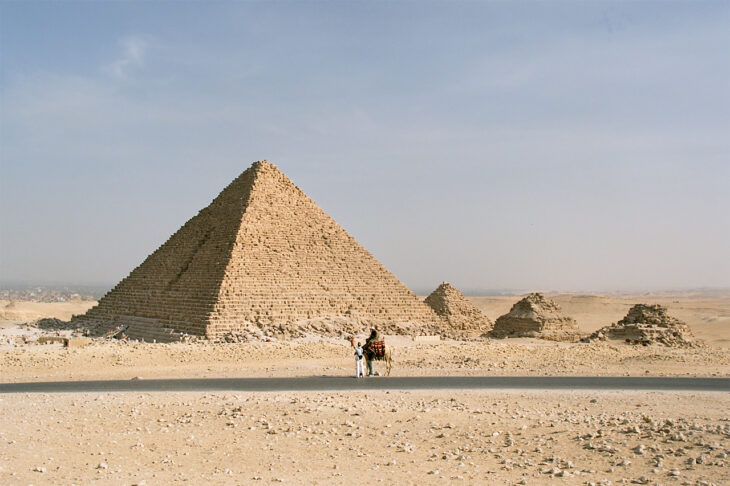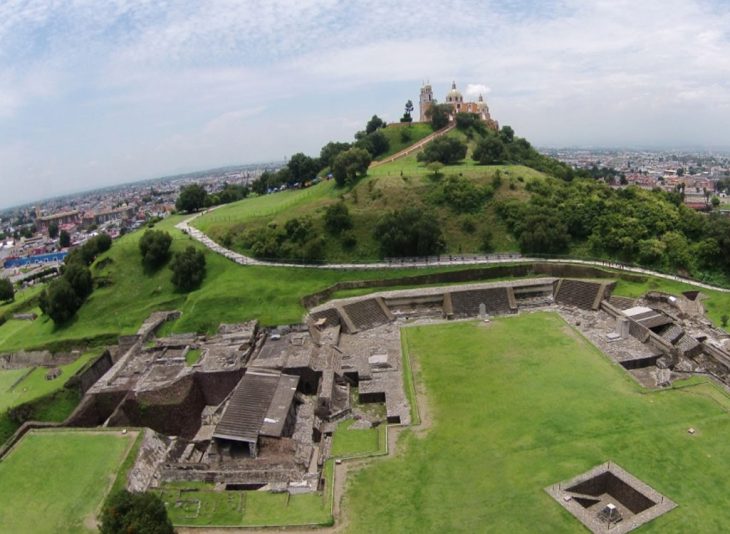Previously recognized for its exhibitions on medieval manuscripts and regional folklore, the Franciscan Monastery Museum “Vrata Bosne” in Tolisa is once again in the spotlight—this time for a groundbreaking archaeological discovery. In just two days of exploration along the Sava River in the Posavina Canton, researchers have unearthed an unprecedented number of bipyramidal ingots—rare iron bars believed to be over 2,000 years old.
These unique artifacts, known to be semi-processed iron used by ancient blacksmiths for crafting tools, weapons, and various items, are rarely found. Before this discovery, only a few examples were housed in museums across France, Germany, Slovenia, and Sarajevo. Now, however, hundreds have been discovered at this single site in northern Bosnia, potentially making it the richest known source of such artifacts in all of Europe.
From Local Passion to Global Significance
The discovery owes much to Pero Matkić, a local history enthusiast and collaborator with the museum, who meticulously collected initial fragments and shared images with experts in Vinkovci, Croatia. The importance of the site quickly became evident, prompting a rapid response from archaeological professionals.
Leading the expert team are Krunoslav Zubčić, an underwater archaeologist from the Croatian Conservation Institute in Zagreb, and Nikica Spudić, a specialist from the Croatian Mountain Rescue Service in Karlovac. Their expertise is now driving the detailed excavation and analysis of this extraordinary find.
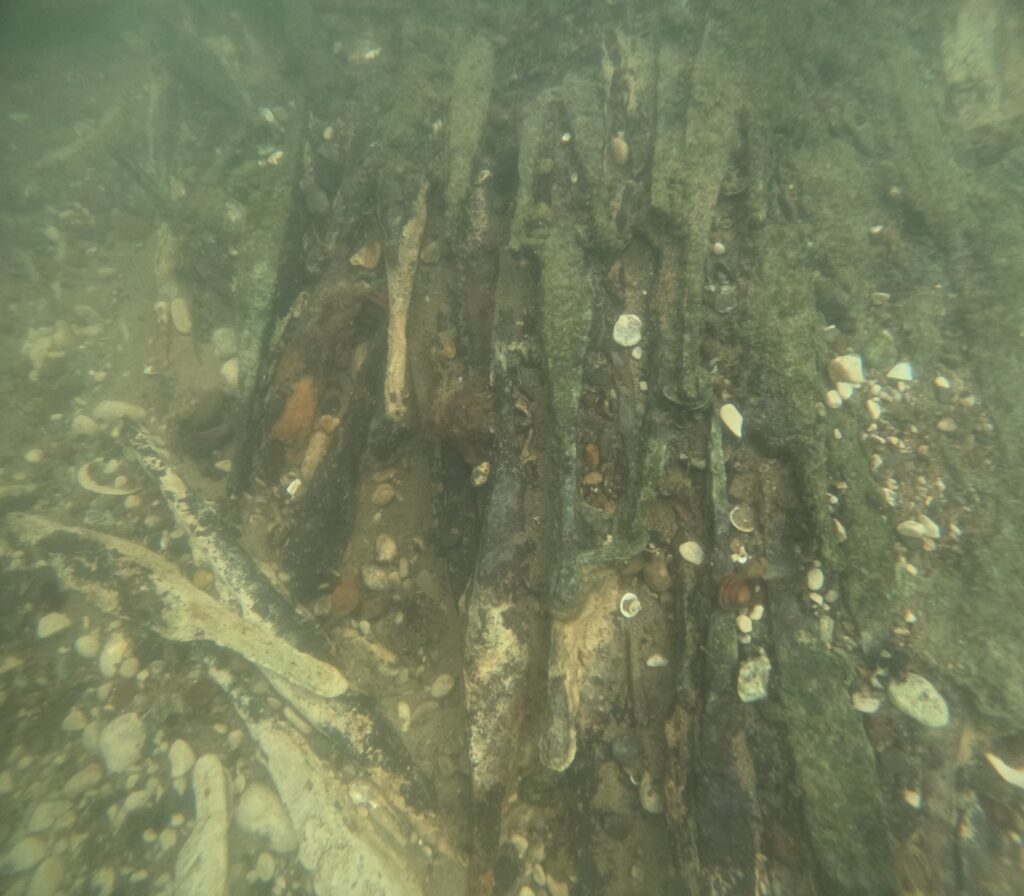
“The ingots are characteristic of the transitional period from the La Tène culture to Roman times, dating to the 1st or 2nd century BCE,” explains Professor Jozo Jezerčić, director of the Museum “Vrata Bosne.” “It appears that a cargo—possibly transported by river—sank into the Sava, likely due to a storm or conflict. The vehicle may have been swept away, but the heavy ingots remained submerged until now.”
📣 Our WhatsApp channel is now LIVE! Stay up-to-date with the latest news and updates, just click here to follow us on WhatsApp and never miss a thing!!
Advanced Techniques and Future Research
To ensure precise documentation, the site was first mapped and marked with fixed reference points. Photogrammetry techniques were used to create a 3D model and detailed topographic plan. Each item was then cataloged and carefully removed from the riverbed, placed in distilled water for preservation before undergoing further conservation.
“The real excitement begins now,” says underwater archaeologist Zubčić. “Chemical analysis will soon reveal the origin of the metal—possibly tracing it to ancient mines—and provide insights into trade routes that connected Bosanska Posavina to Central Europe even before the Roman era.”
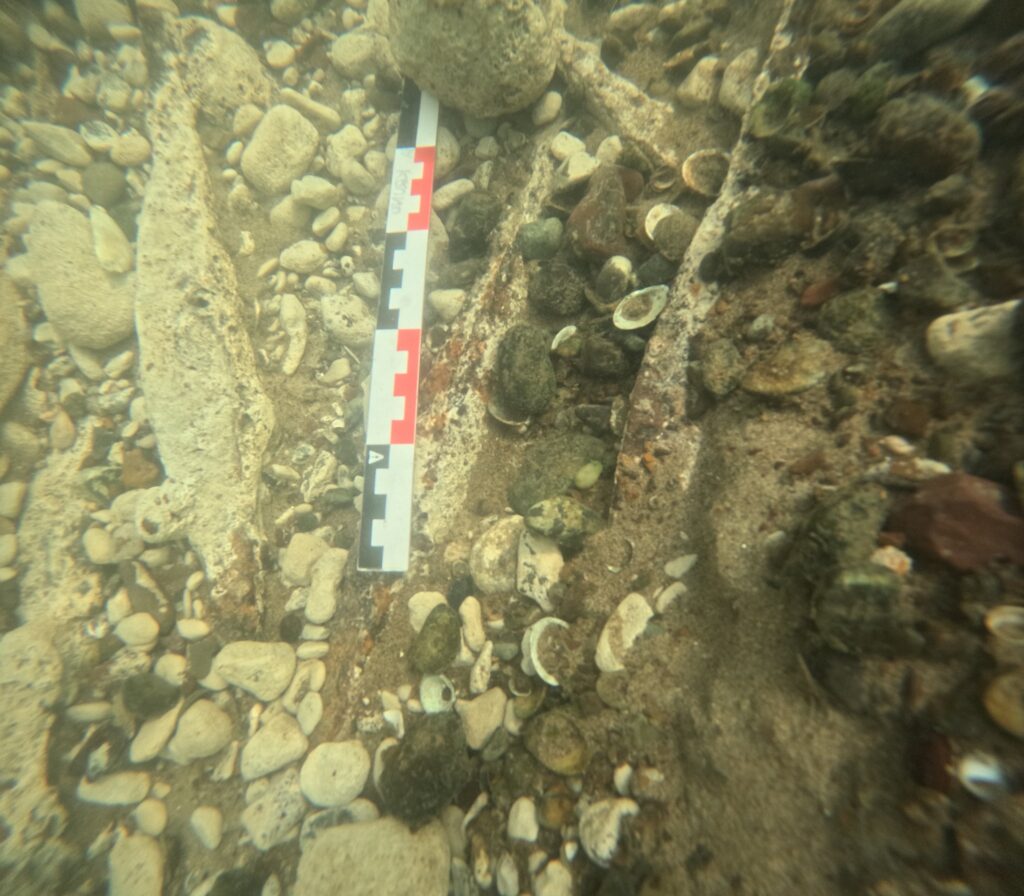
A New Chapter in European Archaeology
Experts believe this discovery could redefine the historical role of Bosanska Posavina, positioning it as a crucial center of trade and economic activity in antiquity—far more significant than previously thought.
“The story of these mysterious ingots is just beginning,” Jezerčić adds. “To properly preserve and analyze them, we are collaborating with institutions in Slovenia, Germany, France, and Austria. This will be a long-term, international effort that may change how we understand prehistoric and Roman-era commerce across Europe.”
Cover Image Credit: Muzej Franjevačkog samostana Tolisa Vrata Bosne

